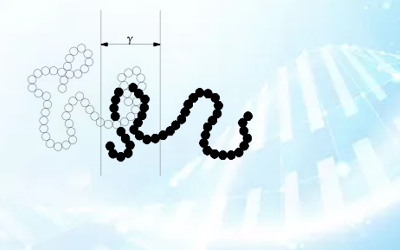Realization of Polymer Modification

Polymer materials are an important part of the development of new materials, and their development is advancing by leaps and bounds, especially engineering plastics and functional polymer materials are developing at an alarming rate. According to statistics, the world's total plastic output in 2010 has reached more than 500 million tons, with an average annual growth rate of 5% in the past ten years. China’s polymer material industry is also developing rapidly. In 2010, the total output of plastic products reached more than 58 million tons, with an average annual growth rate of more than 10%. From the perspective of product structure, plastic film (including plastic agricultural film) and daily necessities plastics account for more than half of China’s plastic consumption, and these plastic products have low material performance requirements, low technical content and low added value. Therefore, China is currently adjusting the structure of the plastics industry and shifting to high-tech, high-value-added products. Among them, with the rapid development of automobiles, home appliances, information communication, and transportation, the demand for high-performance plastic materials has increased sharply. In view of this situation, increasing the development and production of new high-performance plastic materials is an important part of the current structural adjustment of China’s plastics industry.
There are two main ways to produce new high-performance polymer materials. One is the polymerization method, such as the emerging new polymerization technologies, including directional polymerization, metallocene catalyzed combination, template polymerization, pipeline polymerization, etc., to synthesize new materials with the desired structure and properties. This process has large investment, long research and development cycle, and it is difficult to realize industrialized production. It is suitable for ultra-large-scale production of large petrochemical enterprises. The second is to improve the performance of polymer materials by blending, filling, reinforcement, flame retardant and other modification methods, and by controlling the proportion, compatibility, interface structure of different polymers, etc., to realize the production of new materials with new functions and high-performance. This method has the advantages of short research and development cycle, less investment, quick effect, and easy for industrial production. Therefore, it has been widely developed. Its development speed has exceeded expectations. It has great demand in fields like automobiles, home appliances, communications, computers, tools, etc.

